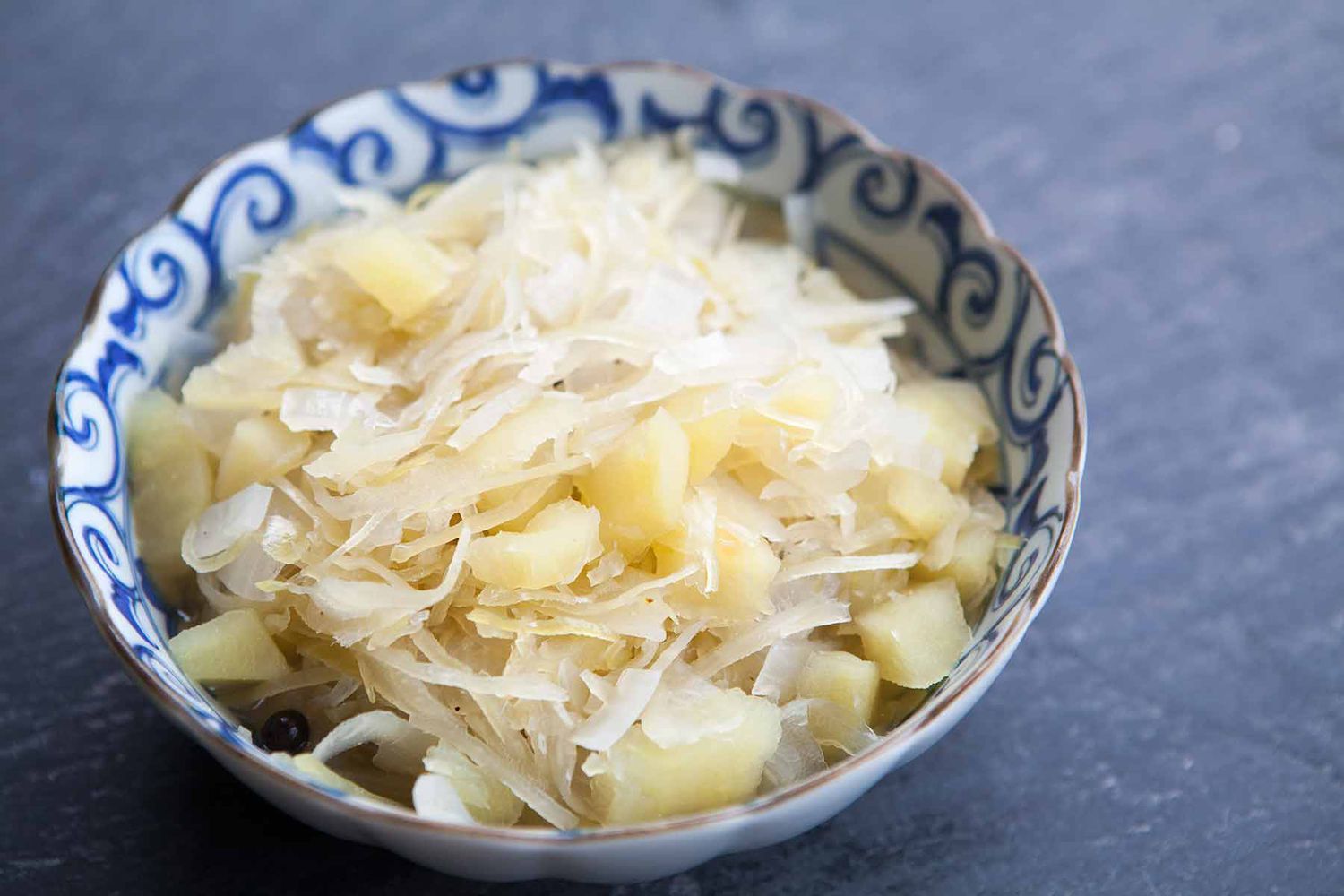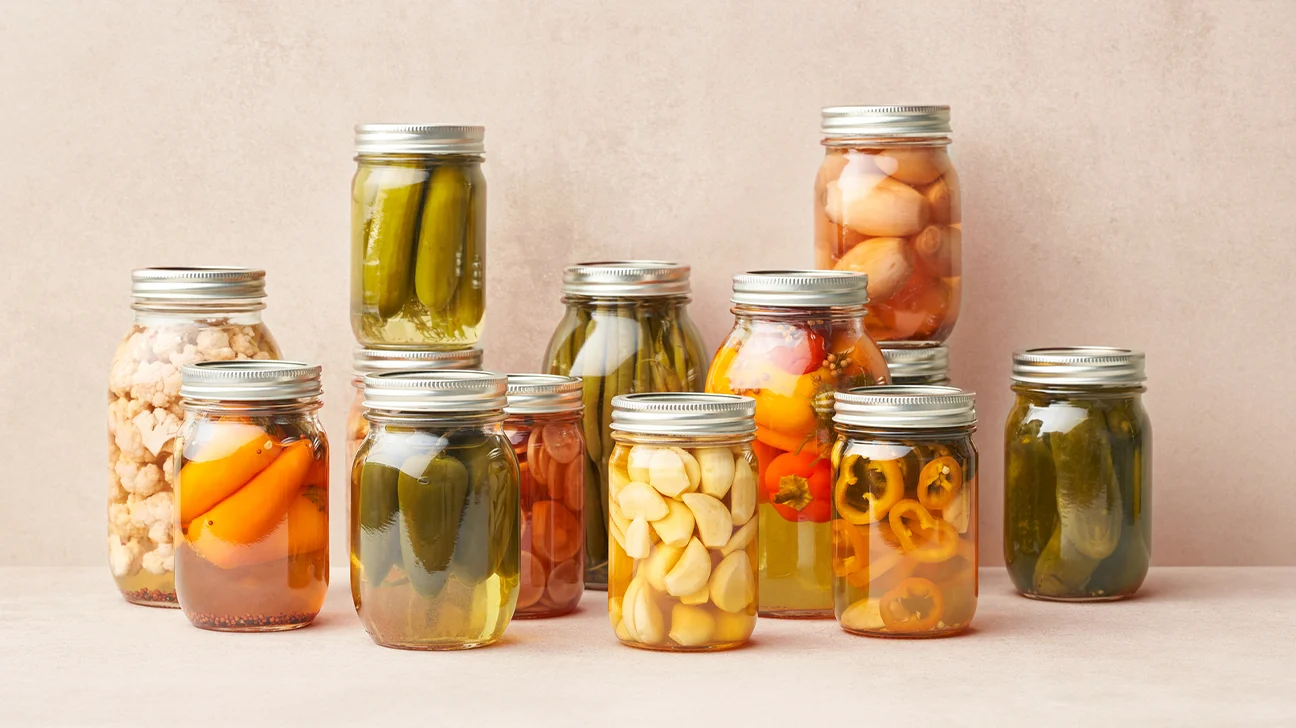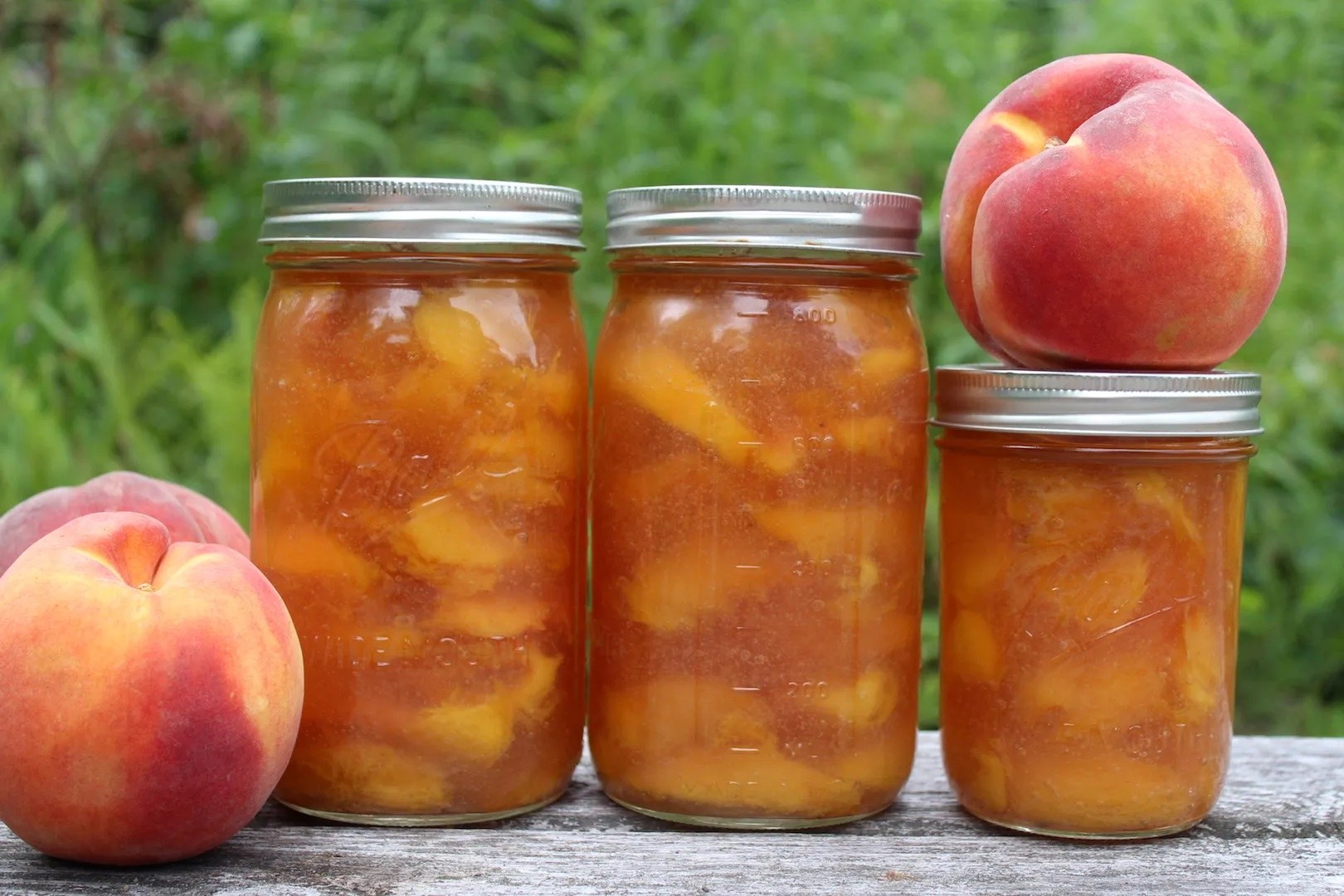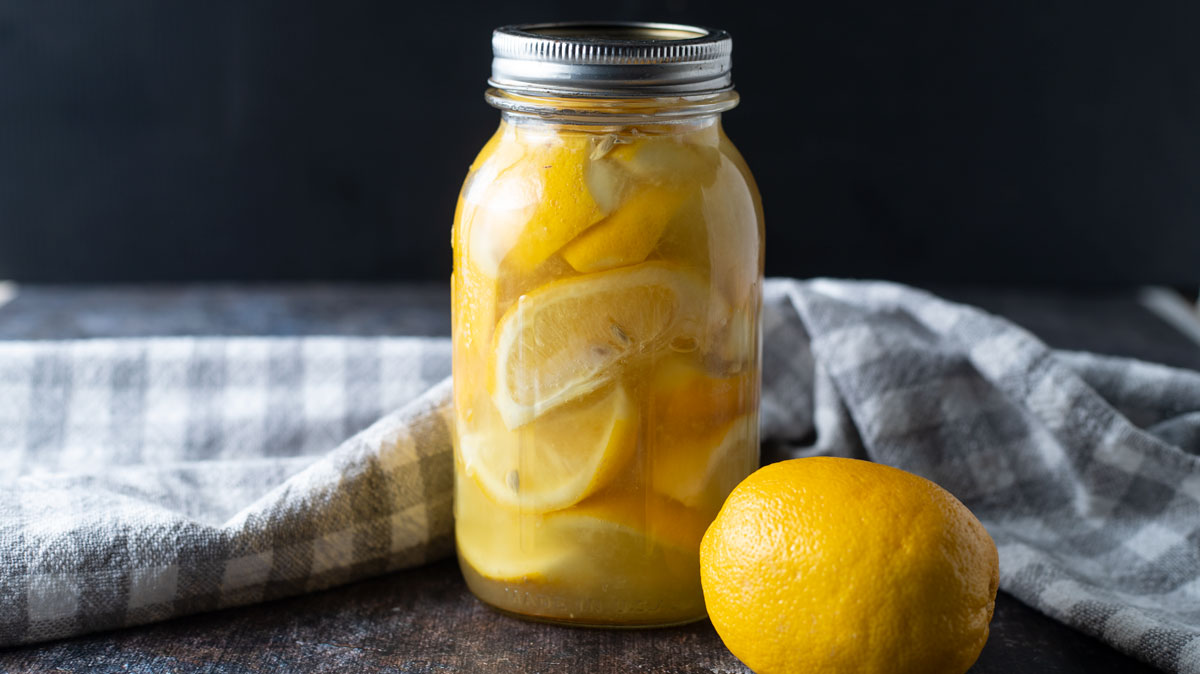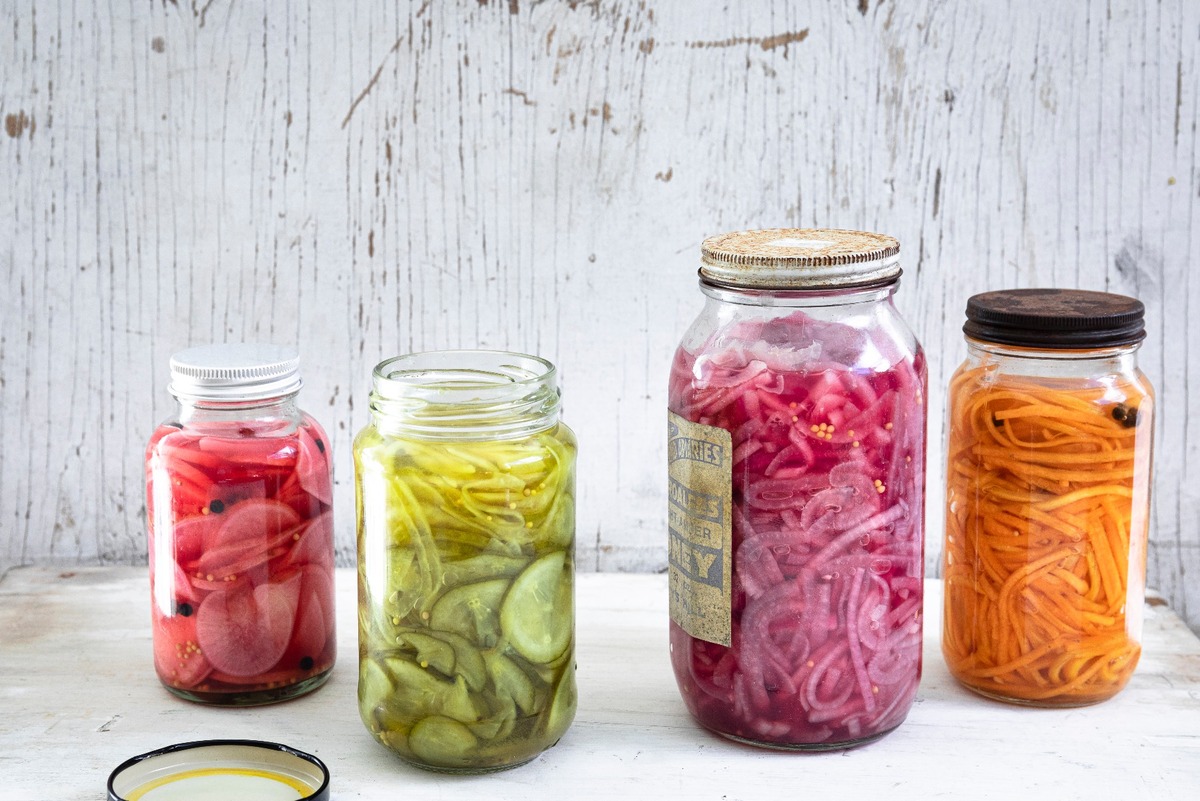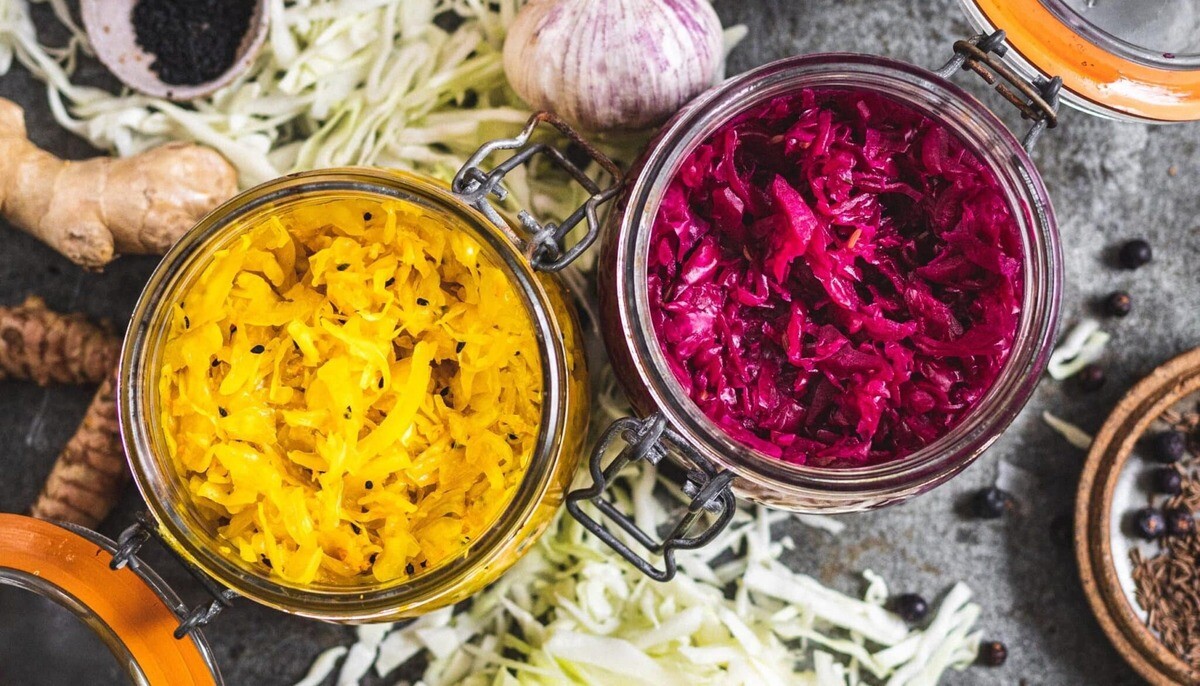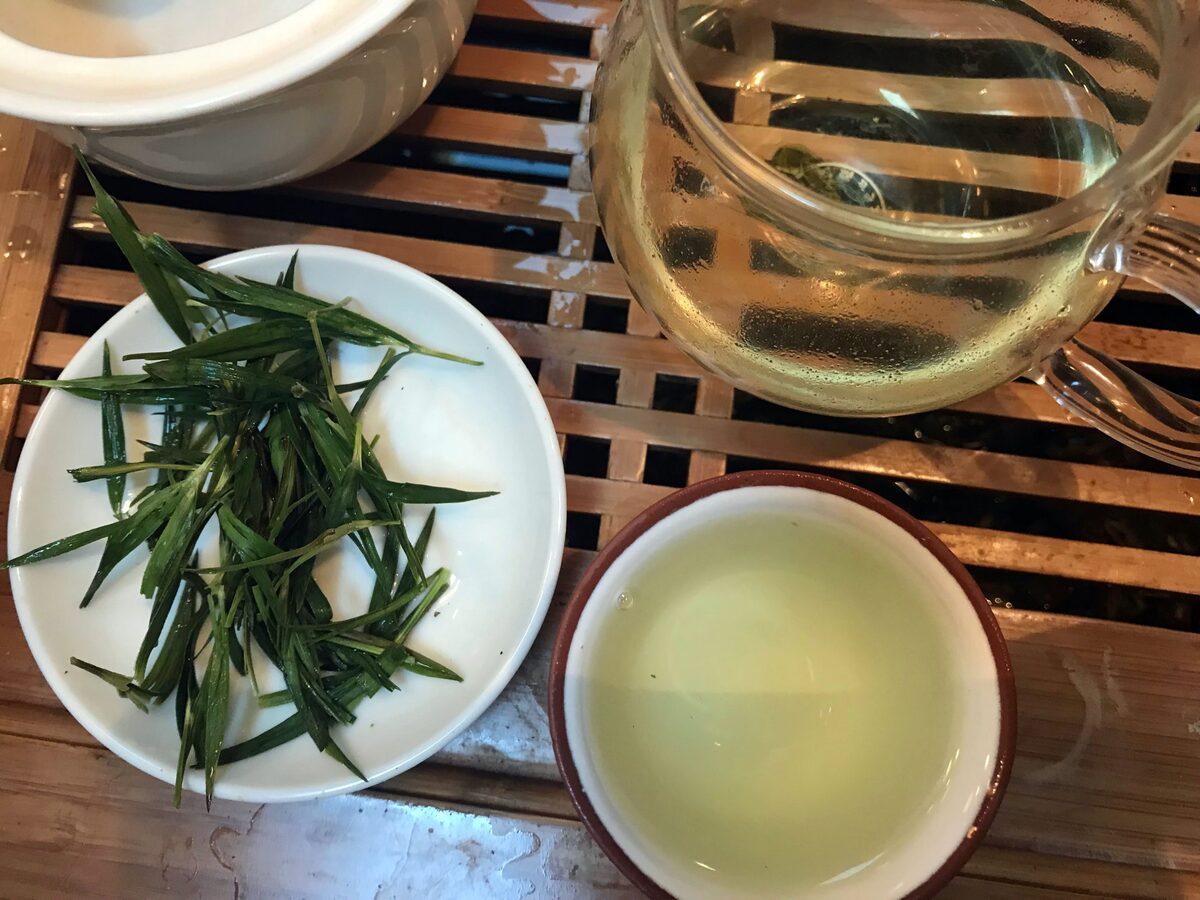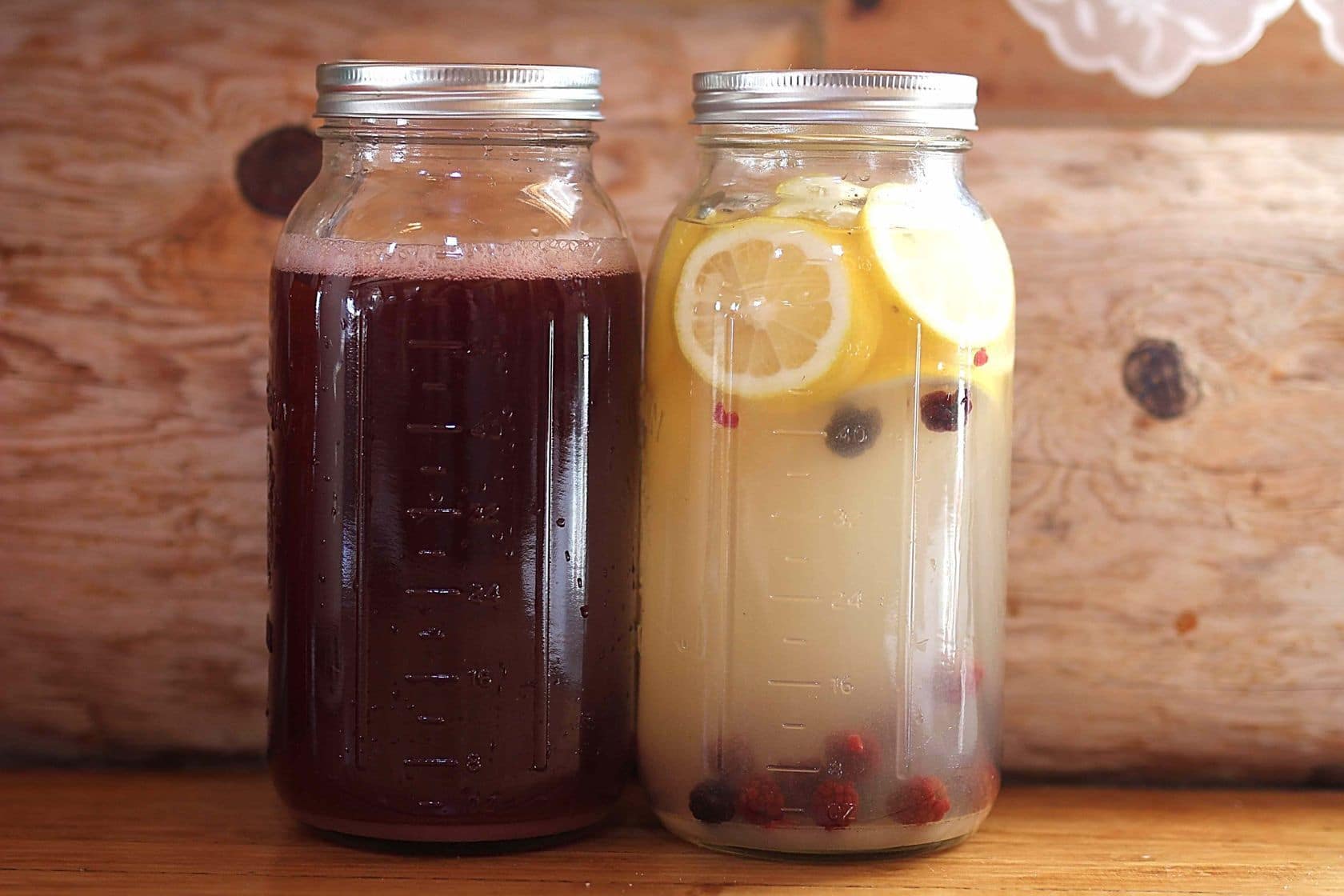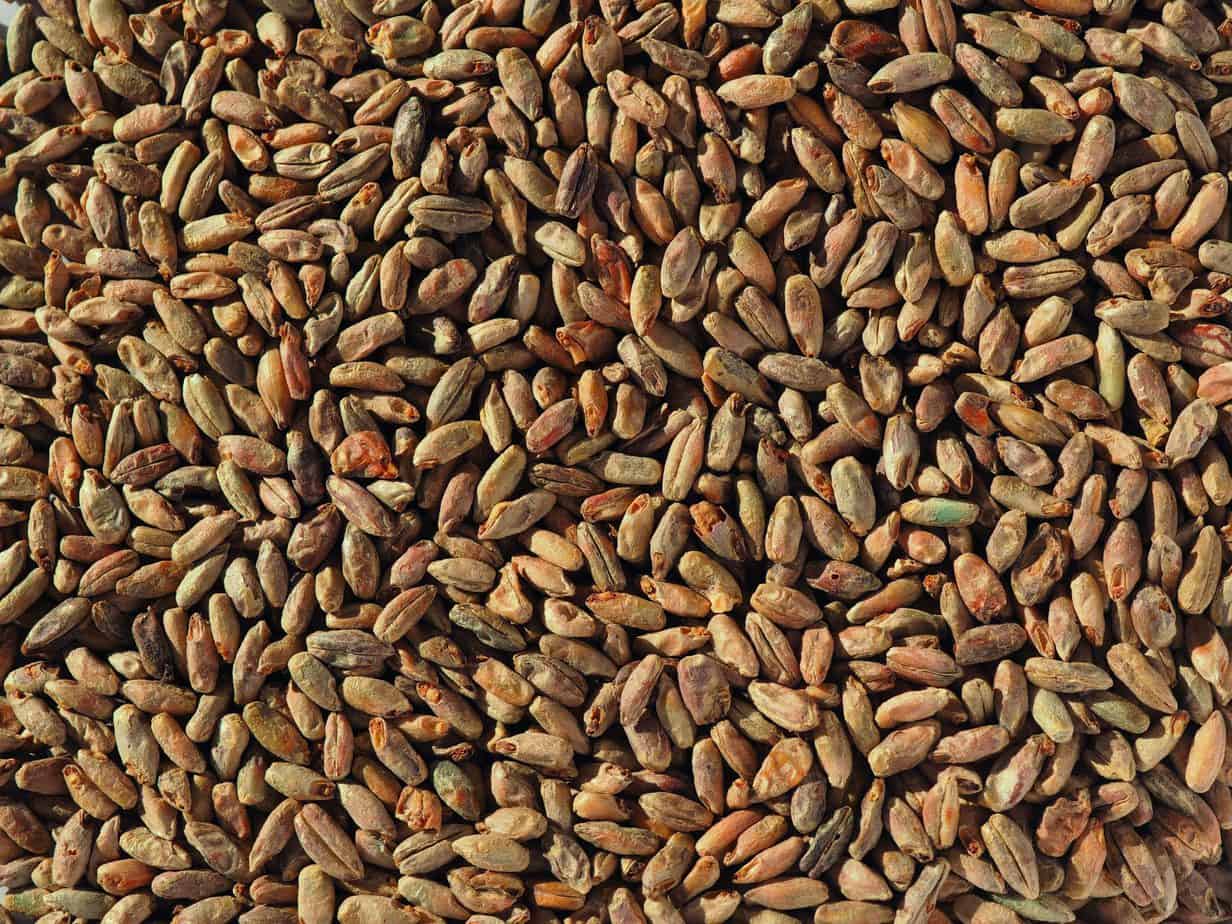Unlocking the Art of Fermenting in a Wooden Barrel
There’s something magical about the process of fermenting food and beverages in a wooden barrel. The unique flavors and aromas that develop during fermentation can elevate the taste of almost anything, from pickles and sauerkraut to beer and wine. If you’re curious about trying your hand at fermenting in a wooden barrel, you’ve come to the right place. In this guide, we’ll walk you through the steps to unlock the art of fermenting in a wooden barrel.
Choosing the Right Wooden Barrel
The first step in fermenting in a wooden barrel is selecting the right vessel for the job. When choosing a wooden barrel, consider the following factors:
- Size: Select a barrel size that matches the quantity of food or beverage you want to ferment.
- Wood type: Different types of wood can impart unique flavors to the fermenting product. Oak and chestnut are popular choices for fermenting barrels.
- Age of the barrel: New barrels may impart stronger flavors, while older barrels can mellow out the fermentation process.
Preparing the Wooden Barrel
Before you start fermenting, it’s crucial to properly prepare the wooden barrel. Follow these steps to ensure your barrel is ready for the fermentation process:
- Inspect the barrel for any damage or leaks, and make any necessary repairs.
- Sanitize the barrel by rinsing it with a mixture of water and a food-grade sanitizer.
- Fill the barrel with water and let it soak to swell the wood and seal any leaks.
- Empty the barrel and let it air dry before adding your fermenting ingredients.
Initiating the Fermentation Process
Now that your wooden barrel is ready, it’s time to start the fermentation process. Whether you’re fermenting vegetables, fruits, or beverages, the basic steps remain the same:
- Prepare your ingredients by chopping, mashing, or crushing them as needed.
- Layer the ingredients in the wooden barrel, ensuring that there’s enough headspace to accommodate the fermentation process.
- Add any necessary brine, liquid, or starter culture to kickstart the fermentation.
- Seal the barrel and store it in a cool, dark place to ferment for the specified duration.
Monitoring and Tasting
During the fermentation process, it’s essential to monitor the progress of your fermenting product. Keep an eye on the following factors:
- Bubbling and fizzing, indicating active fermentation.
- Aroma development, which can provide insights into the flavors developing within the barrel.
- Taste testing at regular intervals to gauge the progress of the fermentation.
Enjoying the Fruits of Your Labor
Once the fermentation process is complete, it’s time to savor the results of your efforts. Carefully open the wooden barrel, and behold the transformed flavors and textures within. Whether you’re enjoying tangy fermented vegetables or a complex, aged wine, the experience of fermenting in a wooden barrel is truly rewarding.
Now that you’ve unlocked the art of fermenting in a wooden barrel, you can continue to experiment with different ingredients, techniques, and aging processes to further refine your skills. Embrace the time-honored tradition of fermenting in wooden barrels, and let your creativity and taste buds guide you on this flavorful journey.
Was this page helpful?
Read Next: How To Ferment Cashew Cheese


